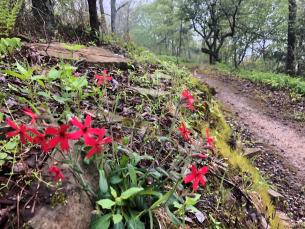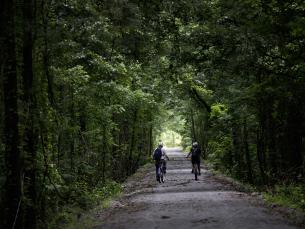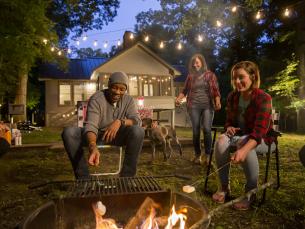Spring Fever!
By: Arkansas State Parks StaffIt’s spring fever. That is what the name of it is. And when you’ve got it, you want – oh, you don’t quite know what it is you do want, but it just fairly makes your heart ache, you want it so! —Mark Twain
In the spring, at the end of the day, you should smell like dirt. — Margaret Atwood
Who’s ready for spring? Signs of this much-anticipated season are everywhere, from fields carpeted with henbit to blooming elm trees; March reminds us that warmer weather is on the way. After this harsh winter in the Arkansas River Valley, I freely admit I have spring fever.
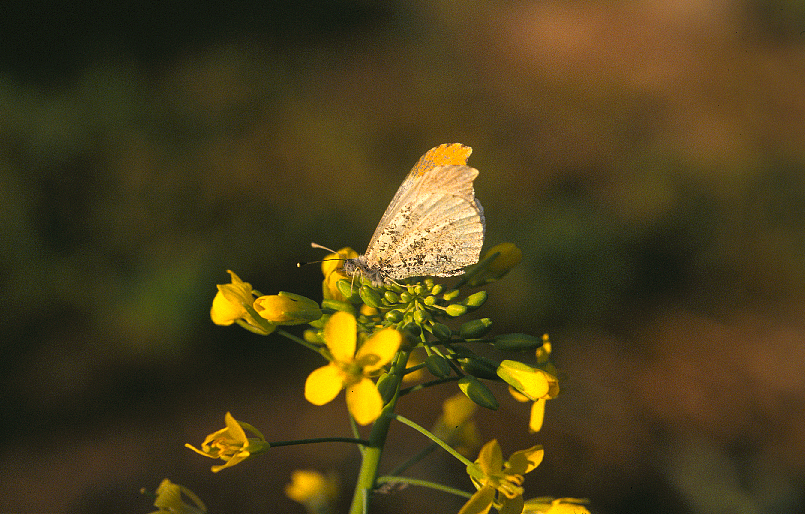
When I look ahead to March on the calendar, “spring break” comes to mind, a reminder that it’s time to schedule park programs that coincide with wildflower blooming and emergence of butterflies. It’s time to wipe the dust off the boxes holding my spring crafts for kids. It’s also time to work on my garden chore list and think about plants for this growing season. See? I have spring fever.
Due to higher elevation, spring temperatures come a bit later to Mount Magazine. A general rule of thumb is to add one week of greening or blooming for each 1,000 feet of elevation gain. The door of the season still opens in March.
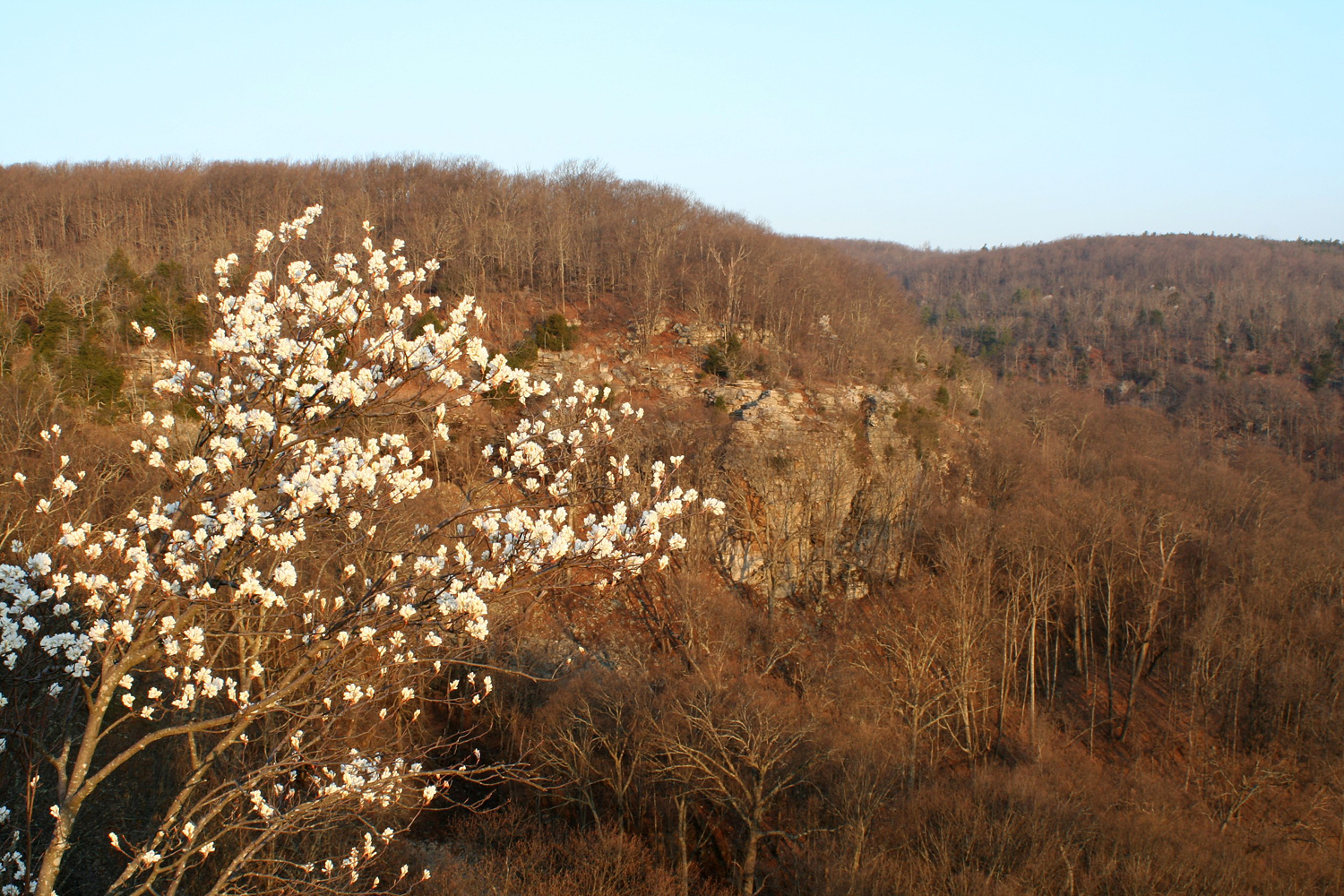
Serviceberry will soon dot the landscape with bright white blossoms. Spring beauties, trout lilies, and daffodils begin to emerge this month. Bloodroot, with its one-day-only white flowers and large leaves will emerge like a phoenix from the fallen leaves.
The symbiosis of flowering plants and animals is easily seen during the spring months. In mutualism, both organisms benefit. Flowers advertise their nectar rewards with specific colors, shapes, and nectar rewards, much like the advertising we see everyday in every form. Insects and birds are attracted as the consumer, and pollinate the plant in the process, enabling the plant to reproduce. Lack of color, unique shape, and putrid scent attract flies and gnats as pollinators.
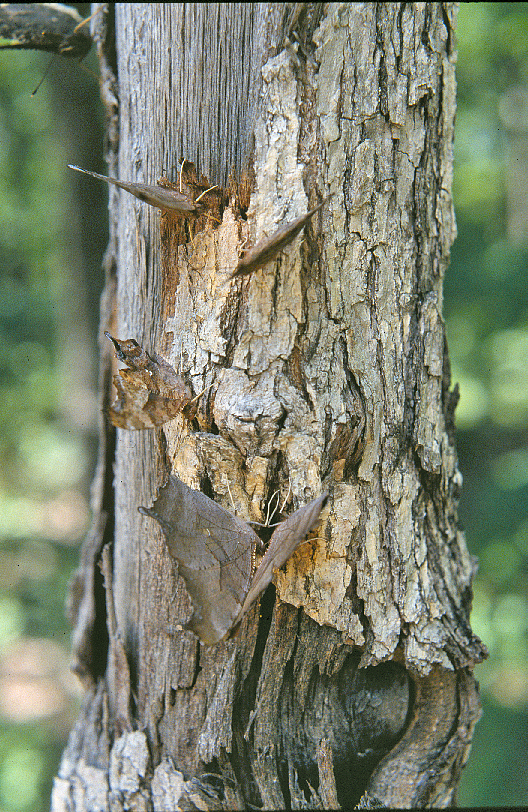
As birds begin to migrate north, many will drill into trees in search of food. Sap trickling down a tree trunk left behind afterwards attracts butterflies that have emerged from torpor. Question marks, goatweed leafwings, and mourning cloaks feast on the sugar-laden sap.
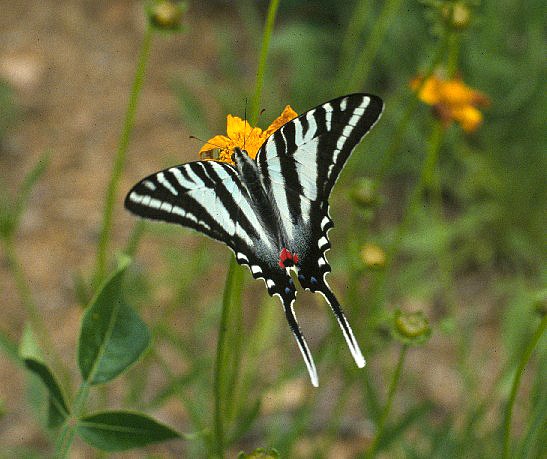
Butterflies that emerge from chrysalides in early spring are darker and smaller than summer forms in order to use the sun’s energy more efficiently. Zebra swallowtails, falcate orangetips, hairstreaks, duskywings, and elfins begin to take nectar from sources such as plum blossoms, redbud, spiderwort, wild hyacinth, blue star, and so many more. Ruby-throated hummingbirds usually arrive the first full week of April, and the flowers of Ohio buckeye and yellow honeysuckle are usually ready for them. The best way to experience these flowers is to bring a field guide, get a park wildflower checklist, and of course, go on a wildflower hike with a park interpreter.
I’m not quite certain when my love affair with wildflowers began. Part of my affection stems from my love of butterflies; a lepidopterist has to be part botanist in order to understand the relationship between them. But my love of spring wildflowers is separate, and not just because the majority of them aren’t pollinated by butterflies. I admire these flowers with a short blooming period; completing their life cycles before the leaves take over with such precision and efficiency.
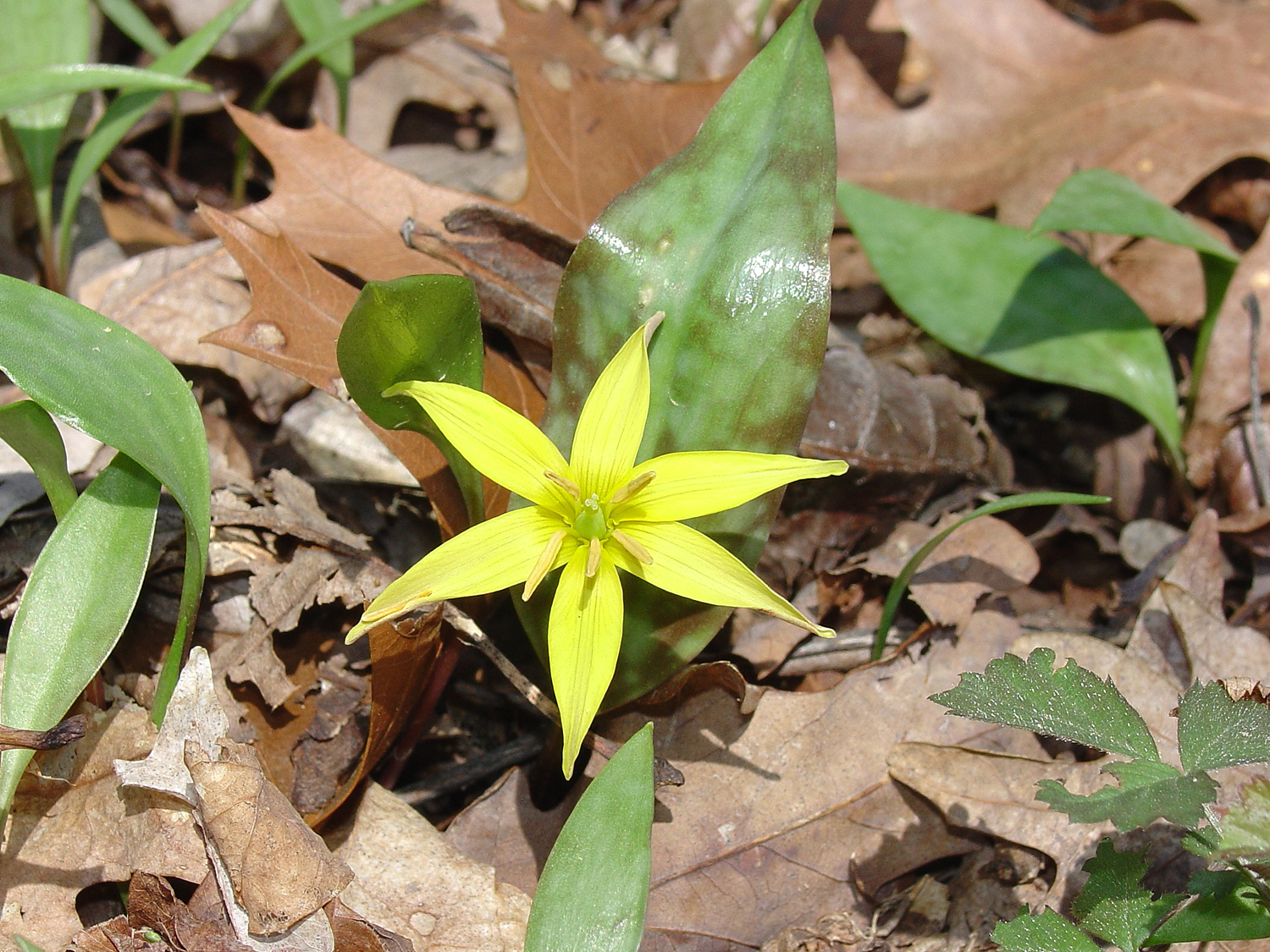
After so many years of living and working at Mount Magazine State Park, I delight in being able to take visitors to fire pink, spiderwort, Ohio buckeye, historic quince, and lilac shrubs on Will Apple’s Road Trail; bloodroot, trillium, and crested iris on the Signal Hill trail, and Jack-in-the-Pulpit on the Cove Lake trail. I am asked lots of questions about which trail to take to see wildflowers, and am often asked to identify photos of wildflowers after the hike is over. Helping visitors connect to nature in this way, and helping them gain confidence in their identification skills, and helping kids begin their own butterfly gardens are highlights of spring.
If not during spring break, then at some point in spring, I encourage you to visit a state park and walk a trail to cure your spring fever.
